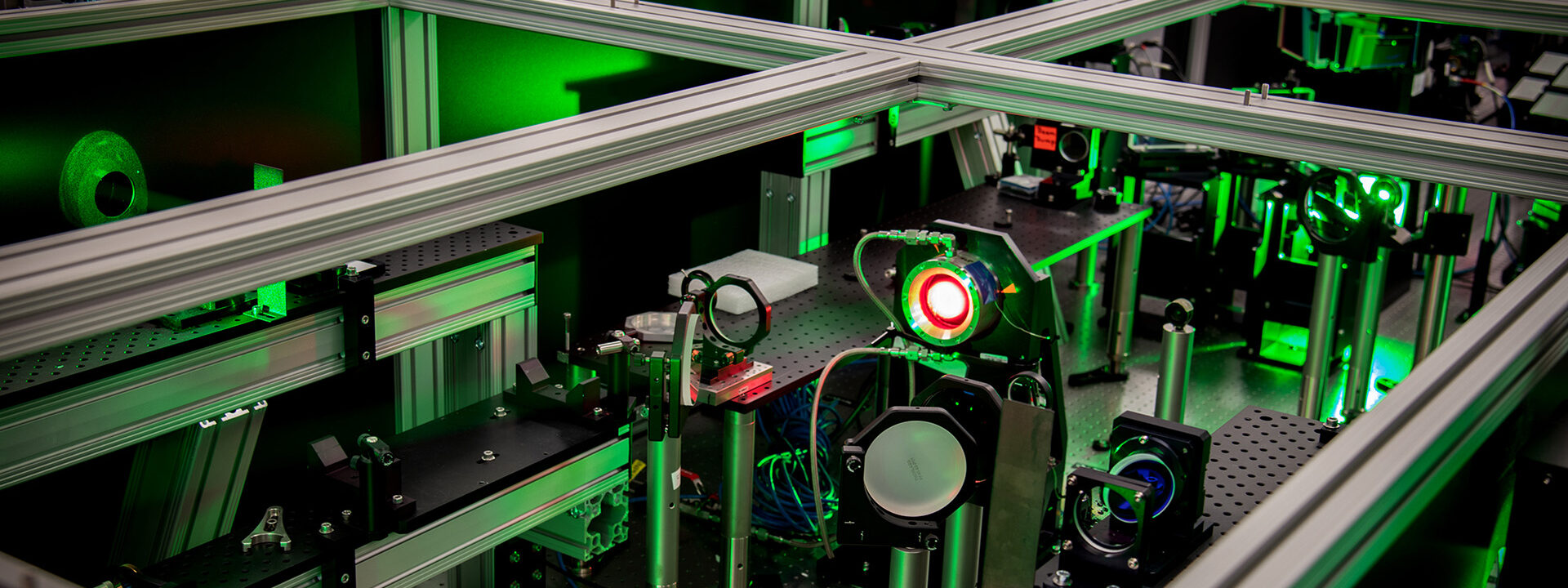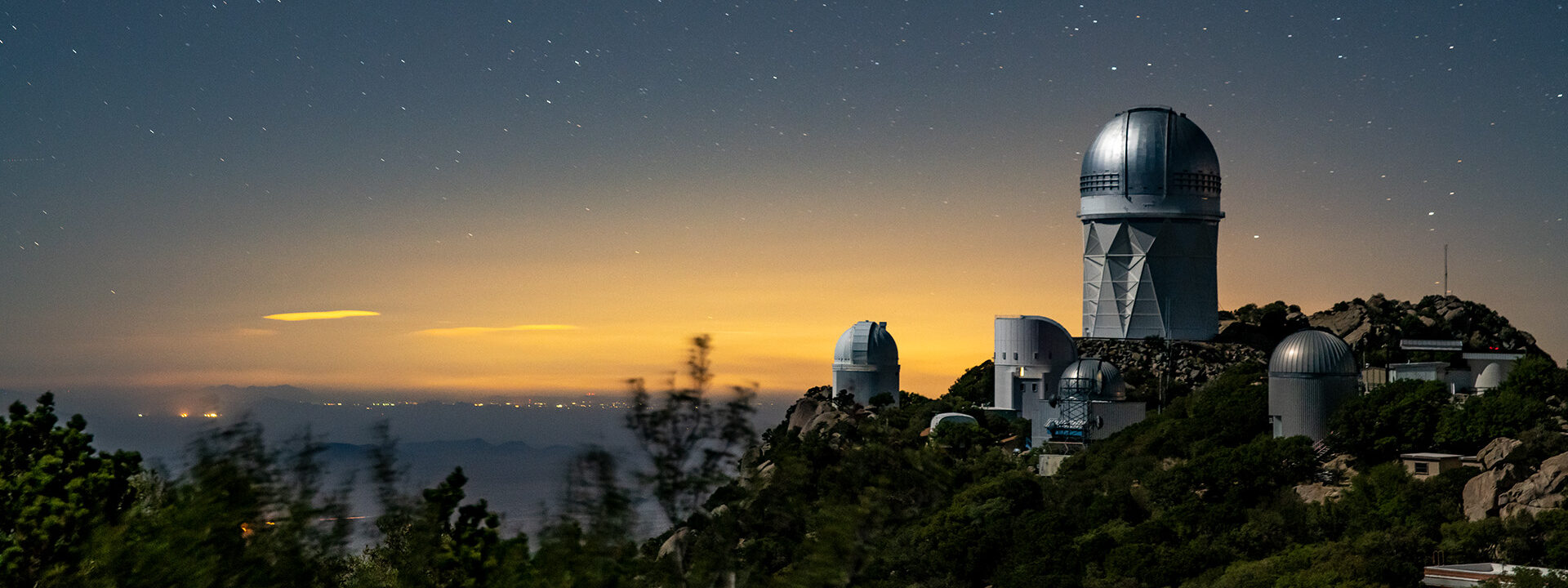Berkeley Lab scientists have revealed the secrets of the oldest light in the cosmos, discovered the universe’s accelerating expansion, and played a crucial role in assembling the standard model of cosmology. Today, we continue to make discoveries about the universe, how it works, and our place in it, using everything from particle detectors deep underground to mountaintop observatories.

What is dark matter?
Our researchers map its effects through cosmological probes, while leading the LUX-ZEPLIN experiment (LZ) and developing other experiments to directly detect dark matter in the laboratory.
What is dark energy?
Dark energy is driving the acceleration of the universe’s expansion. Our scientists probe it with the Dark Energy Spectroscopic Instrument (DESI), which is creating the largest 3D map of the universe, and with type Ia supernovae.
What happened during inflation?
Cosmic microwave background (CMB) experiments explore the physical forces or fields hyper-inflating the universe during the first fraction of a second after the Big Bang.
What does the universe tell us about the fundamental particles?
Cosmological probes explore the properties of neutrinos and other elementary particles, complementing accelerator-based experiments.
What’s wrong with gravity?
Growth of structure in the universe is driven by gravity, and DESI maps test general relativity on the cosmological scale.
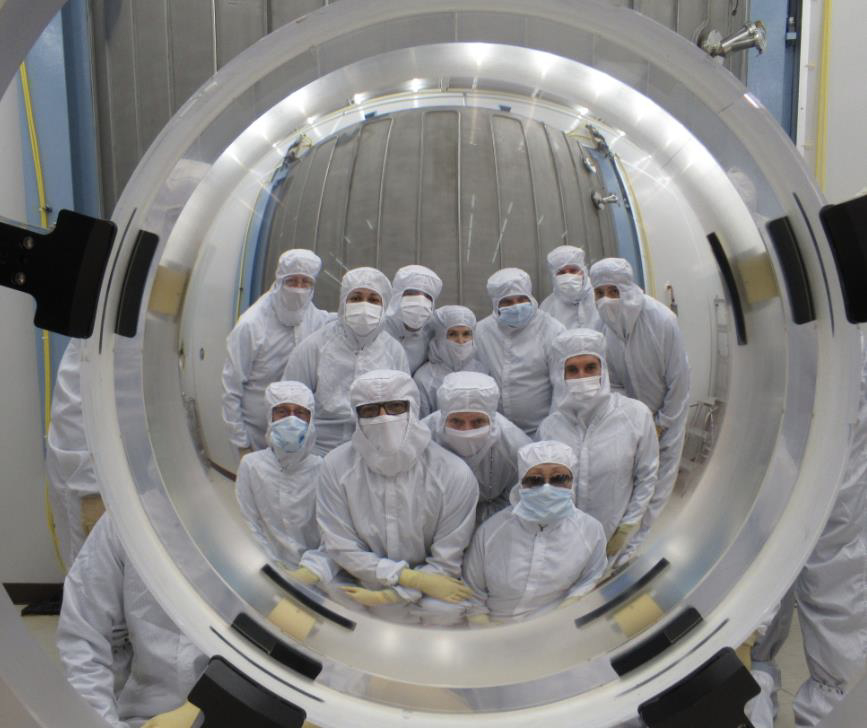
DESI, which is managed by Berkeley Lab, will measure the effect of dark energy on the expansion of the universe.
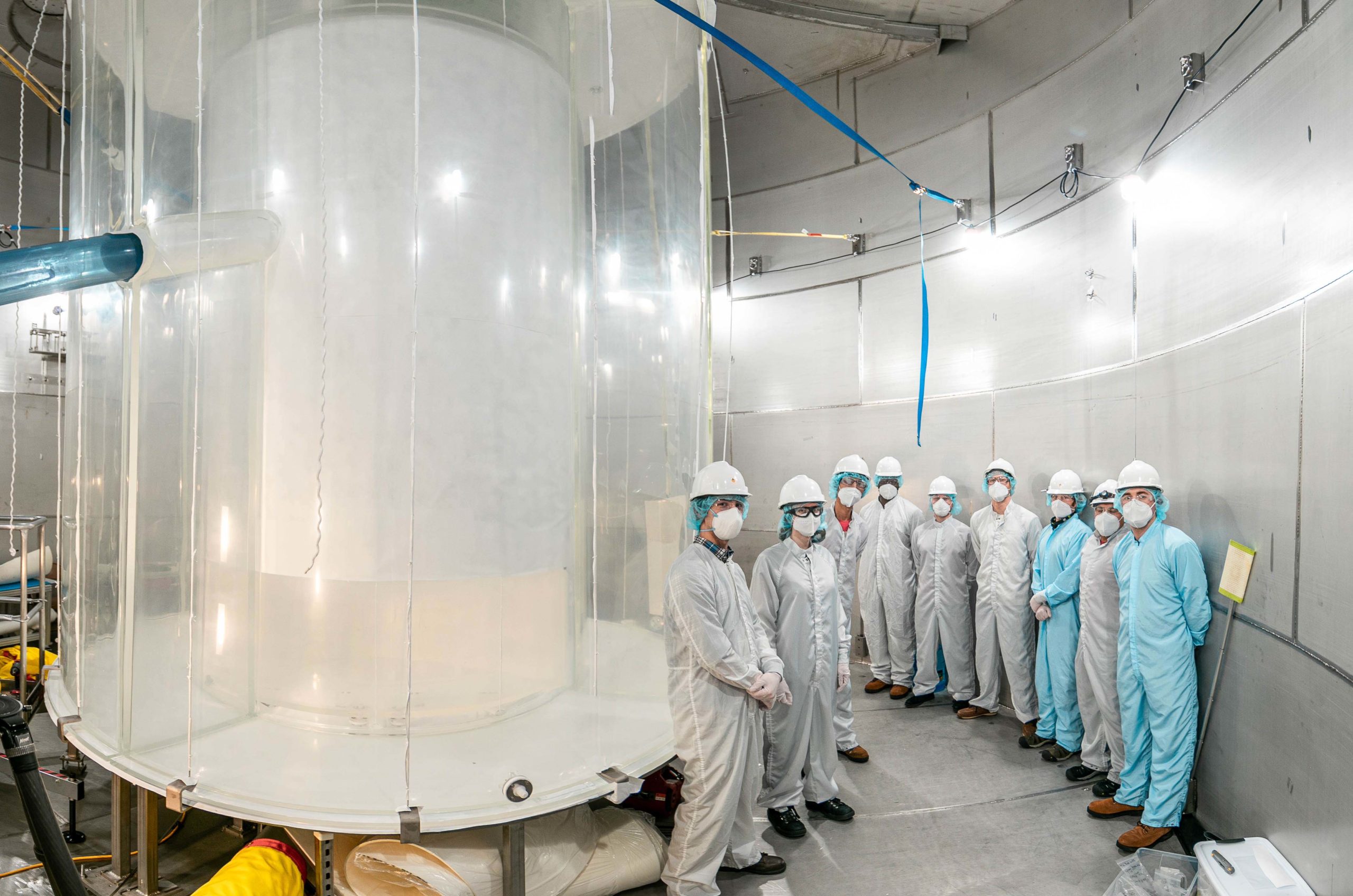
A mile underground, LZ will search for dark matter, which composes 85% of all matter in the universe. LZ is led by Berkeley Lab.
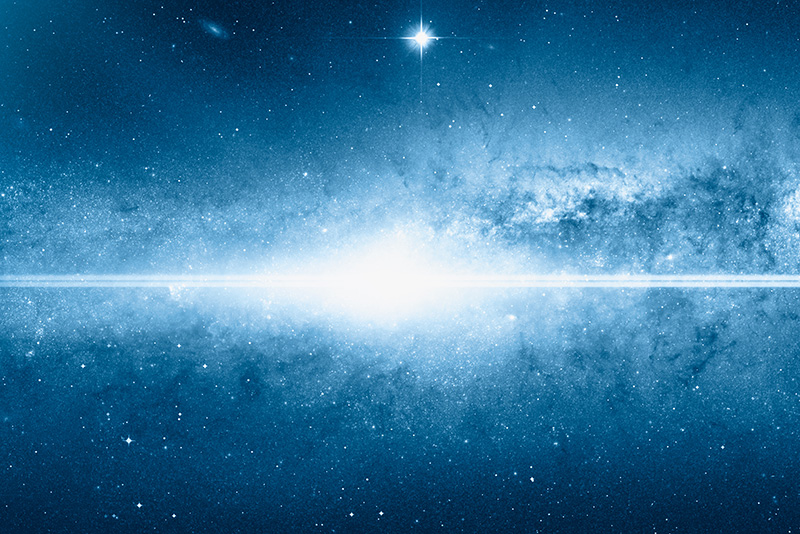
TESSERACT extends the search for dark matter to lower masses, using new detector technologies.

Harnessing supercomputers and modern day artificial intelligence (AI) and machine learning techniques to simulate the universe and analyze data from across the sky.
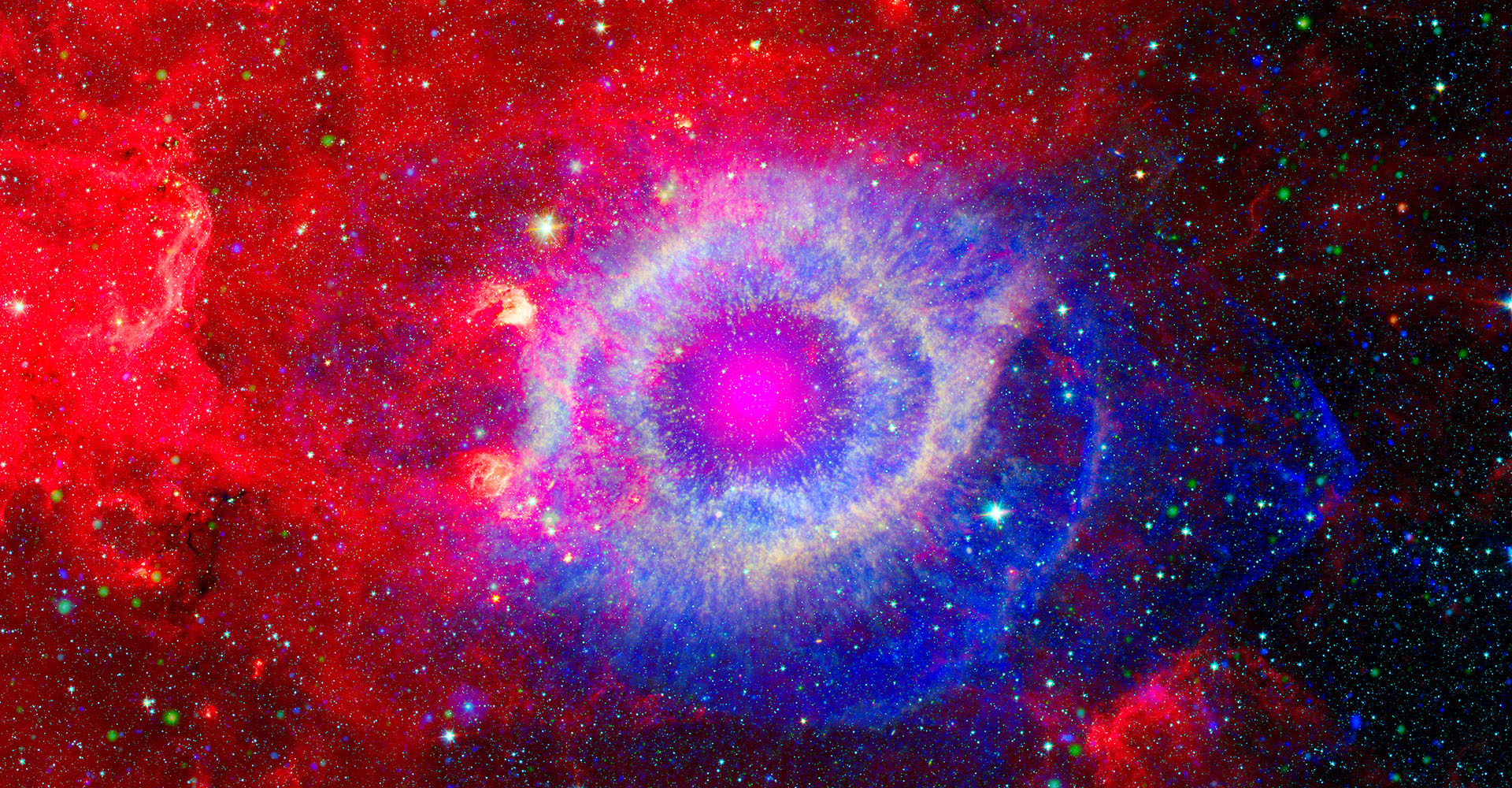
Over two-thirds of all the energy in the universe is dark energy, first discovered by scientists at Berkeley Lab. Its mysteries are still being studied today.
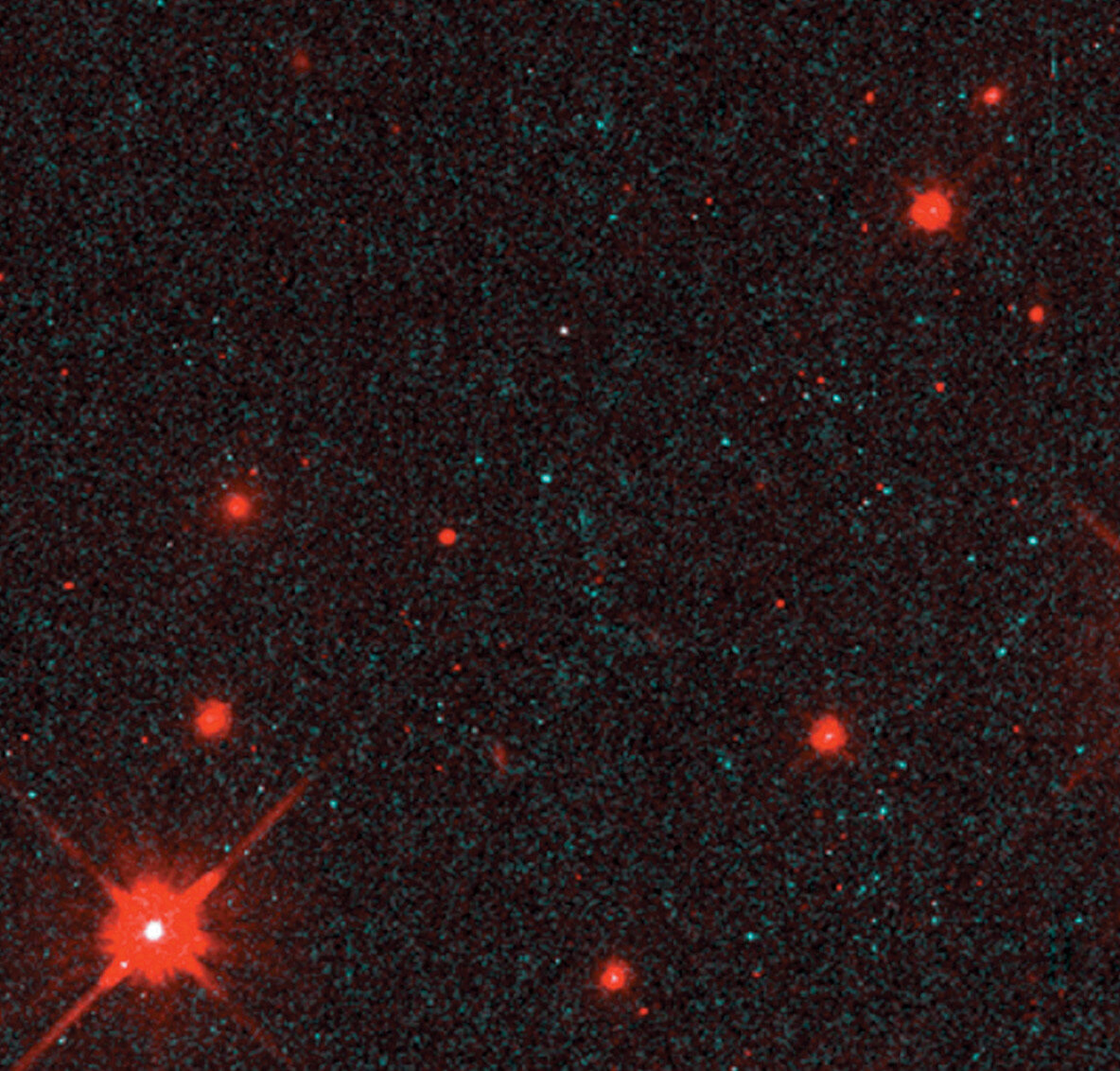
Simulating the most violent and energetic collisions in the universe.
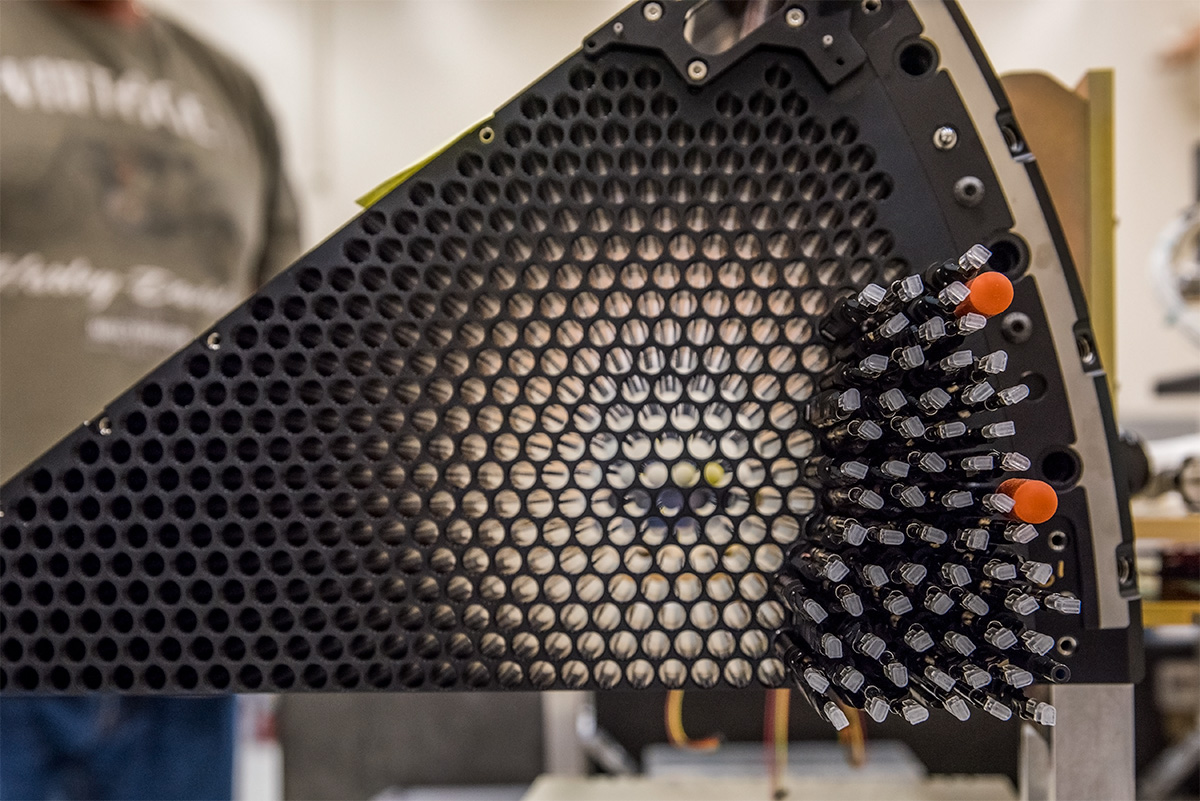
Designing new detectors, materials, and technologies to explore dark matter, dark energy, and the universe.

Michael Levi is a senior scientist in the Physics Division and director of the international DESI collaboration, which aims to measure the effect of dark energy on the expansion of the universe.

Aritoki Suzuki is a staff scientist in the Physics Division. His group designs, fabricates, and tests ultra sensitive detectors and readout electronics for Cosmic Microwave Background, Dark Matter, and QIS experiments by utilizing superconductivity. He is also exploring the early universe by landing a radio receiver on the far side of the moon.

Claire Poppett is a researcher in astrophysics at the UC Berkeley Space Sciences Laboratory who specializes in Astronomical Instrumentation. She is motivated to research and develop new technical solutions necessary to build the next generation of astronomical instruments in order to answer the big questions about our universe.
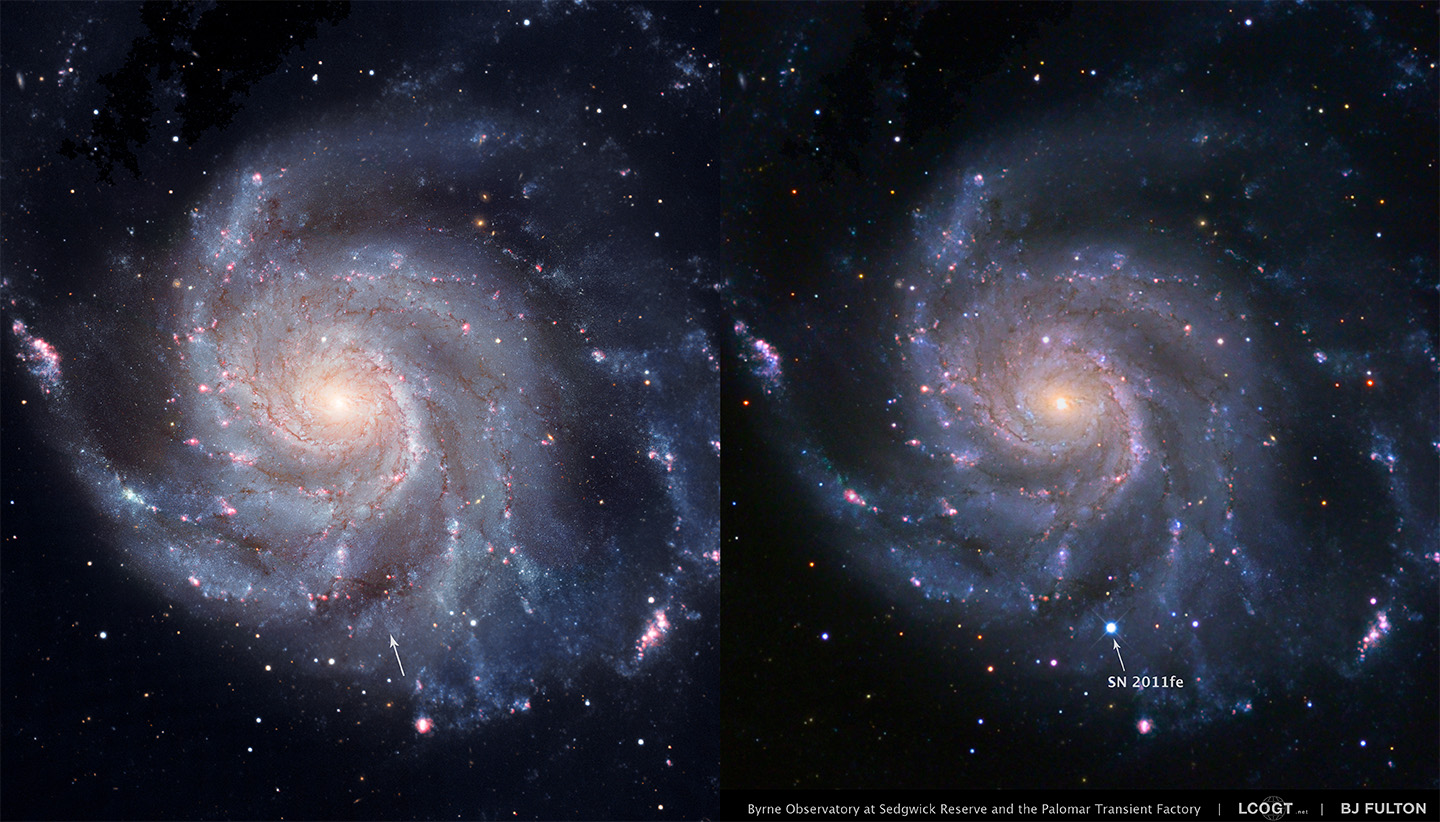
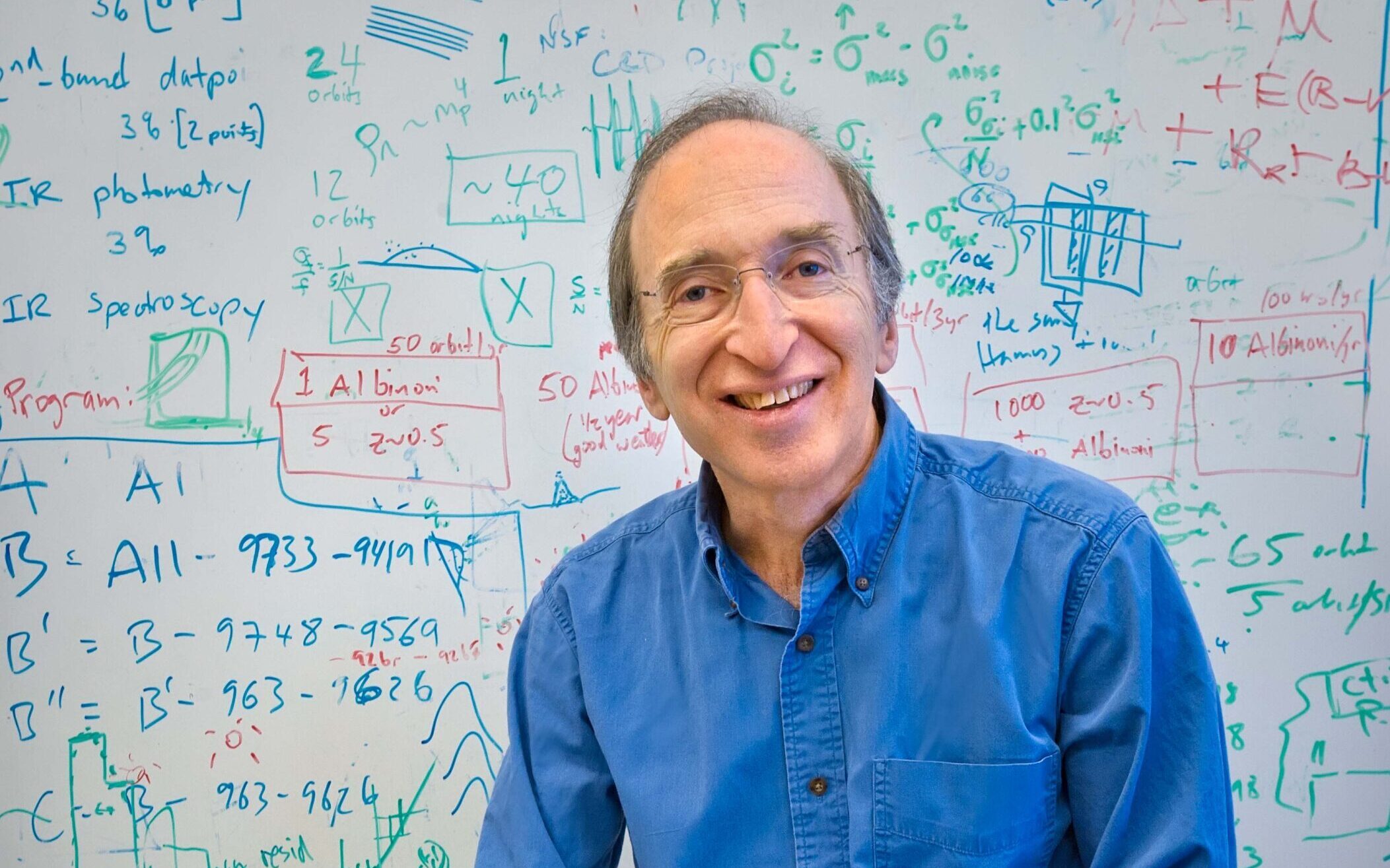
Researchers built the largest Type Ia supernova dataset ever and found a hint that dark energy evolves. If confirmed, it would be a dramatic departure from Einstein’s cosmological constant.
Formed from collapsed stars, pulsars are tiny astronomical objects that emit stunning, twin beams of light from each pole. Researcher Revathi Jambunathan is developing computer models of pulsars to answer questions about large-scale features, like their epic light displays and powerful electromagnetic fields, all the way down to the atomic-scale interactions of charged particles in the outer layer of plasma. This pioneering work will help us better understand the physics governing particles inside stars light years away, and those inside particle accelerators here on Earth.
In this episode, we speak with Nobel Laureate Saul Perlmutter (the co-discoverer of dark energy) and rising astrophysics instrumentation scientist Claire Poppett about what we know so far, and how new technology could finally shed (metaphorical) light on this fundamental mystery.




